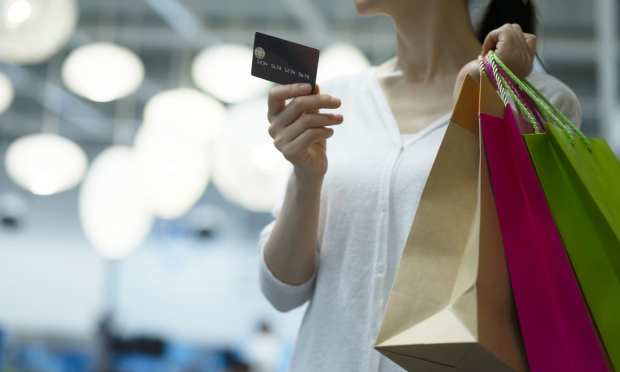Muddled, Muted And Misplaced, ‘Revenge Shopping’ Trend Tries On A New Look For Summer

A few months ago, in the waning days of winter and at the outset of mass vaccination, economists and retail industry analysts were largely in agreement that a wave of pent-up post-pandemic demand was coming. Whether it was a “roaring ‘20s” rally or the dawn of the “revenge shopper,” expectations were high that previously cooped-up consumers were going to go on a retail therapy binge the likes of which had never been seen before.
But the actual outcome has been far more sporadic and targeted than those initial broad-based forecasts predicted. While consumer spending is ticking up in some categories, the universal swell as first forecast has not shown up. Consumers are in fact picking up some of their spending — on clothes, shoes and perhaps most notably on travel and dining out experiences.
But the most recent round of consumer spending data show there are also a lot of expected categories where they aren’t spending more and are in fact spending less, such as cars, appliances, electronics.
The Growth Points
To date there are 150 million Americans fully vaccinated against COVID-19, the economy is opening up again, and consumers will re-enter that market with more wealth on hand. Those facts are known.
And as those vaccinated consumers get back out, and we’re seeing where the spending is actually going, it seems there is a spending boom kicking off, but it won’t quite be the universal explosion of spending across categories some were forecasting a month ago — instead spiking in particular verticals and spaces, like domestic travel, for example.
The upcoming July Fourth weekend, for example, is widely forecast to be an inflection point of sorts in the U.S. travel and tourism industry’s recovery from the pandemic. Triple A forecasts that over 47.7 million Americans will be traveling between July 1 and July 5, which would mean holiday travel has recovered almost fully to pre-pandemic levels.
It’s part of a larger story in domestic travel recovery in the U.S. that, among other things, generated a United Airlines announcement earlier this week that it plans to expand and upgrade its fleet with the intention of capturing the coming wave of returning travelers.
That travel boom, recent Washington Post reports indicated, is even more pronounced among luxury travelers. High-income consumer spending rebounded fully in March and is now up 11 percent above pre-COVID levels, according to data from Opportunity Insights.
But while consumers are doubling down on buying experiences, the early data so far indicates the recovery of the purchase of things is a bit more muddled.
Muddled Early Signals
Depending on what news source you reference, the revenge shopping boom has already started, or is fizzling out before it starts. The Wall Street Journal last week forecast “economic recovery for a strong summer as more businesses fully reopen and consumers unleash pent-up demand.”
But Reuters reported consumer spending is “taking a breather,” beset by goods shortages and inflation figures ticking up.
Both of these opinions were issued from the same consumer spending data out in May, shortly after the revenge spending predictions started making the rounds about a month earlier. One reading of the data indicates goods news — consumers were behaving exactly as forecast, dining out more, buying new clothes, investing in health and wellness products and visiting department stores more often.
But the data also indicated consumer appetite for buying was notably dimmed in some areas, many of which are larger-ticket purchases like cars, garden equipment and electronics. There was a 3.7 percent dip in motor vehicles and parts and a 3.4 percent decline in electronics and appliances.
Those mixed messages have left the market open for various interpretations as the dog days of summer kick off, and the fate of the forecast revenge spending boom remains up in the air.
Revenge spending as it was first foreseen — a massive vertical-spanning explosion — hasn’t quite shown-up yet, though the June numbers will offer more insight when released later this month. But consumers, particularly affluent ones, are certainly spending again. Just not in all the ways initially expected.
